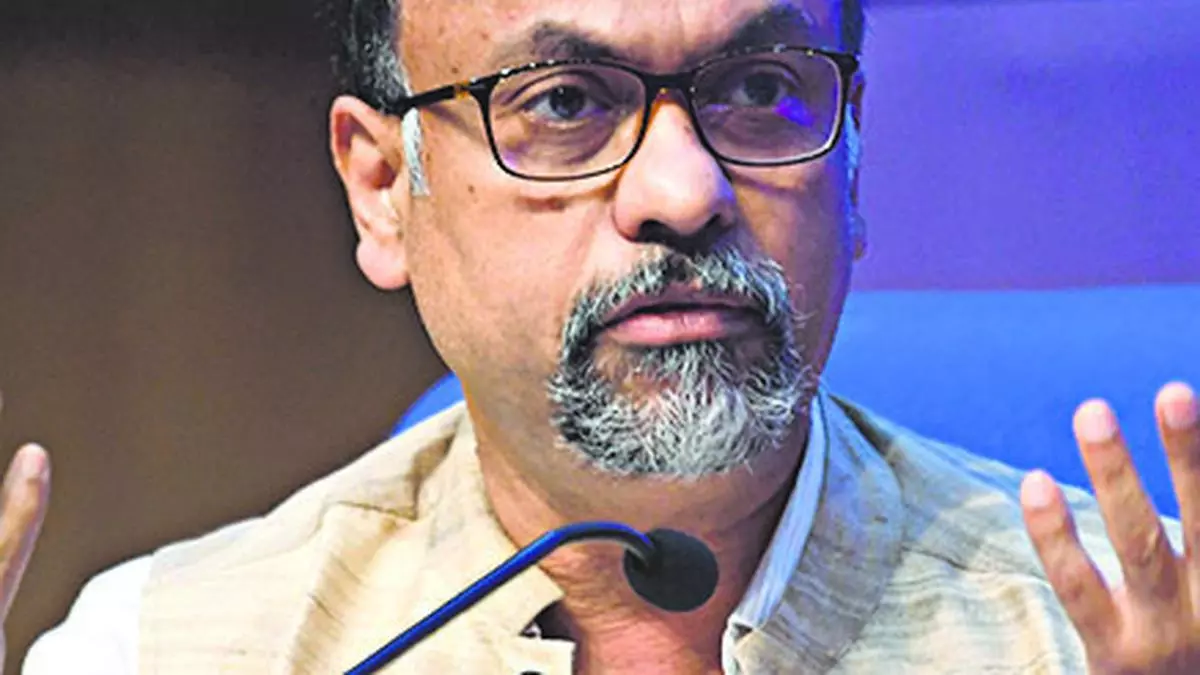Insurance sector to transition to risk-based capital regime, Ind-AS accounting standard by 2025
The insurance sector is expected to transition to the risk-based capital (RBC) regime and the Ind-AS accounting standard by 2025, which will help the sector align with global standards under International Financial Reporting Standards (IFRS), IRDAI Chairman Debasish Panda said.
“Efforts are now being directed towards adopting the risk-based capital regime which will bring about efficient utilisation of capital and align with the global standards of accounting and reporting by implementing the Ind-AS which is the converged IFRS,” Panda said at a seminar by National Insurance Academy (NIA).
“Dedicated mission mode teams are working at full throttle in this direction and we expect we should be able to transition to the RBC regime as well as converge with IFRS by 2025,” he said.
Also read: RCap writes to IRDAI, says approval for insurance stake transfer sought to avoid delays
The regulator is also working to “revamp” the framework for insurance investments, thus paving the way for more opportunities and better returns such as through investments in fund of funds (FoF) of alternative investment funds (AIFs) and REITs and InvITs. Further, acknowledging the role of technology in insurance, IRDAI has set up a dedicated insuretech mission team which is working on technology initiatives for the sector.
Initiatives
In addition, initiatives such a flexible sandbox approach, introduction of new risk covers such as title and surety and warehouse insurance are being undertaken to cater to evolving customer requirements, Panda said, that IRDAI is also looking at “ways and means” to push long term products in property, motor and natural calamity or pandemic covers.
Work is also under progress to strengthen the data repository under Insurance Information Bureau of India to turn it into a “more vibrant and dynamic body” with the aim of making it a ‘one-stop’ for data requirements of the industry.
Such a data repository will be able to provide critical insights, early warning signals and data analytics which will help facilitate better product design and pricing, Panda said, adding that it will also help provide more inputs to IRDAI as it moves towards a more risk-based supervisory framework.
All these initiatives will help push insurance growth and penetration while allowing for more personalised products and premiums, catering to individual risk profiles of customers. However, it will require leveraging technology to construct more efficient systems, superior customer experience and create innovative products to ensure that the insurance sector is “not reactive but proactive”, assures and not just insurers, and does not simply compensate for losses but also helps prevent them.
The Indian insurance sector has been growing at a CAGR of 11 per cent. It grew 14 per cent in FY23 with premium earnings of ₹10.5-lakh crore and aggregated AUM of ₹60-lakh crore, Panda said adding that reports indicate the sector is poised to grow from the tenth position in terms of global size to the sixth position by 2032.
Also read: BL Explainer: Things to keep in mind while filing a vehicle insurance claim
Despite this double digit growth, there is significant scope for insurance proliferation in traditional risk areas like life, health, motor, property and crop insurance.
“There is also a gap to fill in the MSME sector. There is a missing middle in the health segment which requires urgent attention. Additionally, we need to address emerging risks such as climate change, pandemic, cyber threats and so on,” he said.
